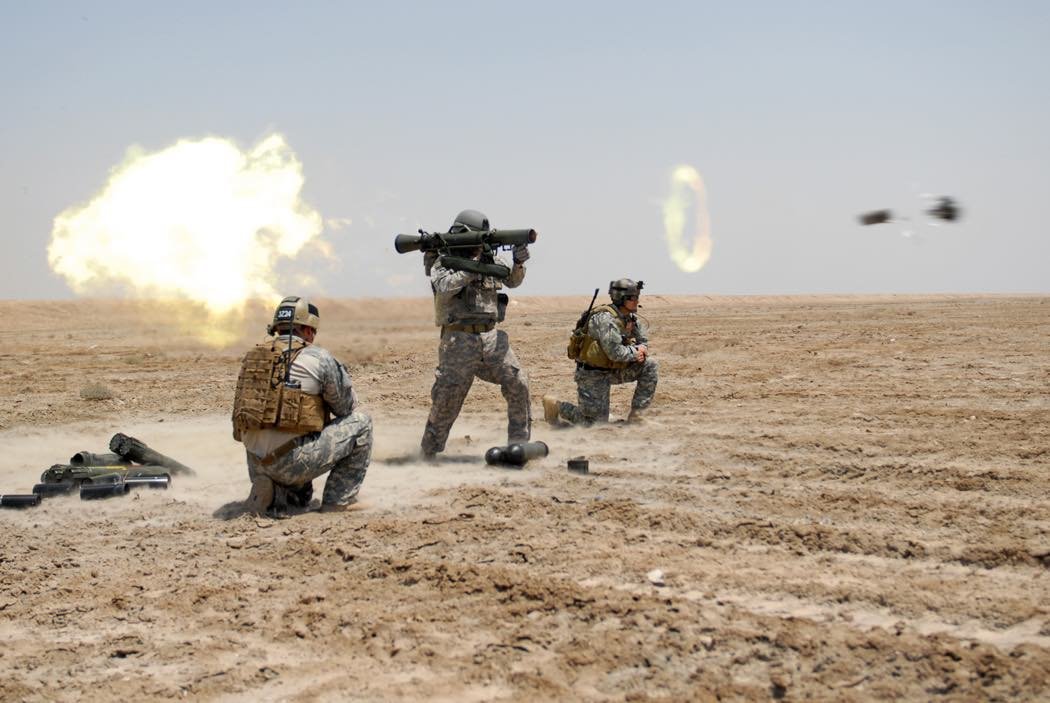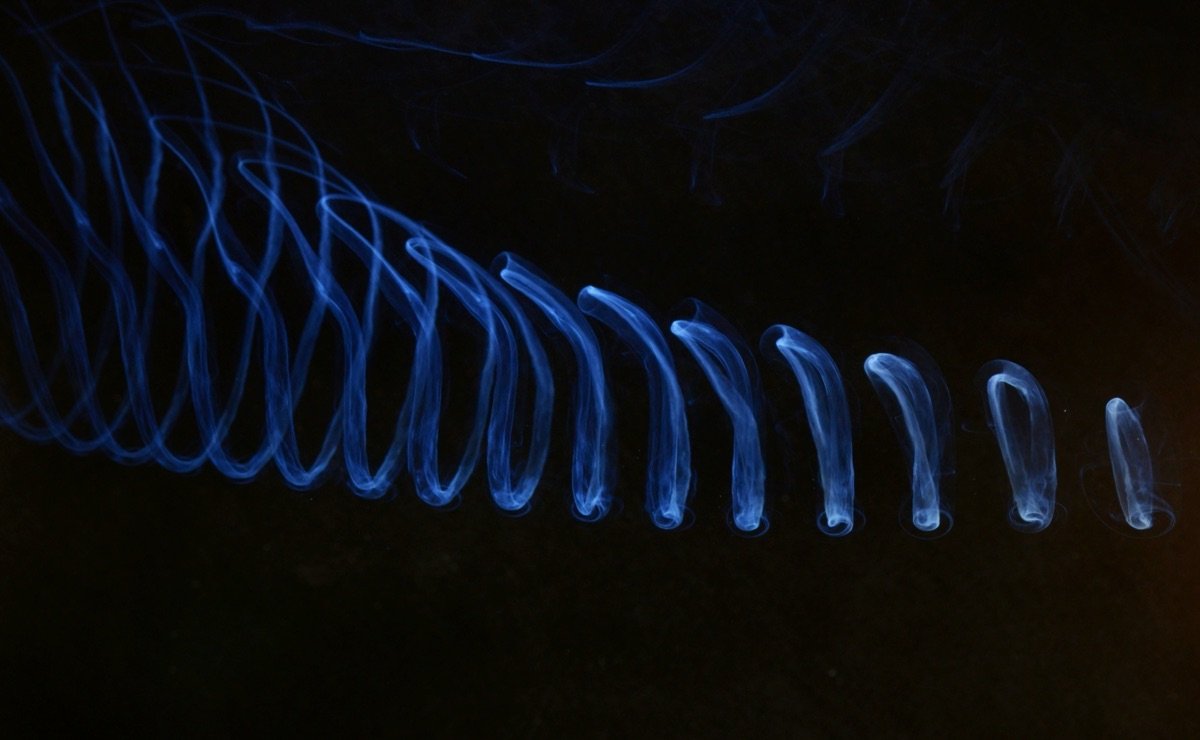Scientists say a breakthrough that may help make nuclear fusion a viable source of energy could be made with a mathematical model that improves our understanding of whirling ring-shaped disturbances known as vortex rings, according to new research.
Moving vortex rings have long intrigued scientists since they carry spinning fluid or gas with them as they travel. Similar to how friction is lessened between a car’s moving wheel and the road beneath it when the wheel begins to rotate, vortex rings lessen the friction between the surrounding fluid or gas medium and the vortex core. This allows vortex rings to travel significant distances while maintaining their structure, all the while without losing much mass or kinetic energy as they move.
Although they frequently appear in liquids and gases, vortex rings often go unnoticed unless they occur in a medium where suspended particles reveal their presence. One of the most common varieties includes smoke rings that cigarette smokers sometimes produce when they exhale, although other examples include fire rings, microbursts, and the mushroom clouds produced by massive explosions.


Now, new research funded by Lawrence Livermore National Laboratory and the Department of Energy demonstrates that the control of vortices for use in the production of power systems could be enabled by harnessing links to more common types of vortex rings. Specifically, scientists believe that vortex rings may be useful in new applications for the compression of fuel that could greatly improve efforts toward making nuclear fusion energy more viable.
Nuclear fusion occurs naturally in our Sun and in distant stars as hydrogen is converted into helium, whereby a portion of the mass is converted into the energy that heats them. Within a nuclear reactor, energy is more easily lost during the process of igniting the reaction that attempts to replicate this stellar process.
However, researchers at the University of Michigan report that a mathematical model they have recently developed could help minimize this energy loss with the design of more efficient fuel capsules used to power nuclear fusion, along with other potentially useful applications.
Currently, the fuel capsules used in fusion research are almost perfectly spherical pellets composed of atoms of deuterium and tritium that provide the energy for the ignition process. As the outer shell of the fuel capsule is vaporized under bombardment with lasers, carbon atoms are ejected outward, producing a shockwave that places tremendous pressure on the fuel, fusing hydrogen atoms within.
The fuel pellets are designed with a small fill tube where the fuel enters a location where a vortex ring jet appears once compression occurs during fusion experiments. Michael Wadas, a doctoral candidate in mechanical engineering at the University of Michigan and a corresponding author of a study detailing the new research, says that past studies have noted the appearance of this jet, although it hasn’t always been recognized as a vortex ring; a crucial observation that allowed the team to correctly characterize the jet and its behavior.
Eric Johnsen, a University of Michigan associate professor of mechanical engineering who supervised the recent study, said in a statement that because of the speed at which fusion experiments occur, “we really only have to delay the formation of the jet for a few nanoseconds.”
The team says that applying their model toward vortex rings could help researchers understand processes like the mixing of elements of differing heavy and lighter compositions, such as when stellar explosions occur. In a cosmological sense, understanding such processes could help planetary scientists understand what led to the formation of planets like Earth. In the lab, it could ultimately help to make energy produced from nuclear fusion viable in the near future.
The model developed by Wadas, Johnsen, and the team may ultimately help researchers understand the energetic limitations of vortex rings, as well as conditions that present challenges to modeling, such as the amount of fluid or gas that can be pushed before other phenomena like turbulence begin to occur.
The team’s paper, “Saturation of Vortex Rings Ejected from Shock-Accelerated Interfaces,” appeared earlier this year in Physical Review Letters.
Micah Hanks is the Editor-in-Chief and Co-Founder of The Debrief. He can be reached by email at micah@thedebrief.org. Follow his work at micahhanks.com and on Twitter: @MicahHanks.

